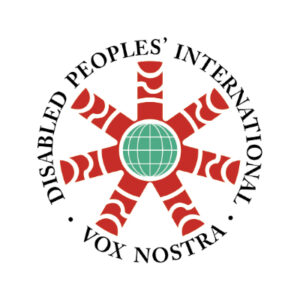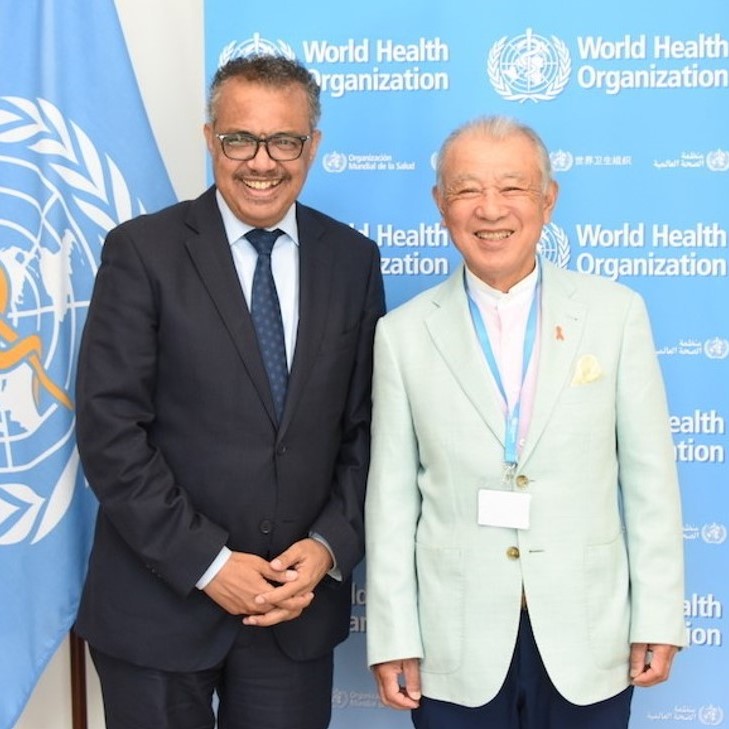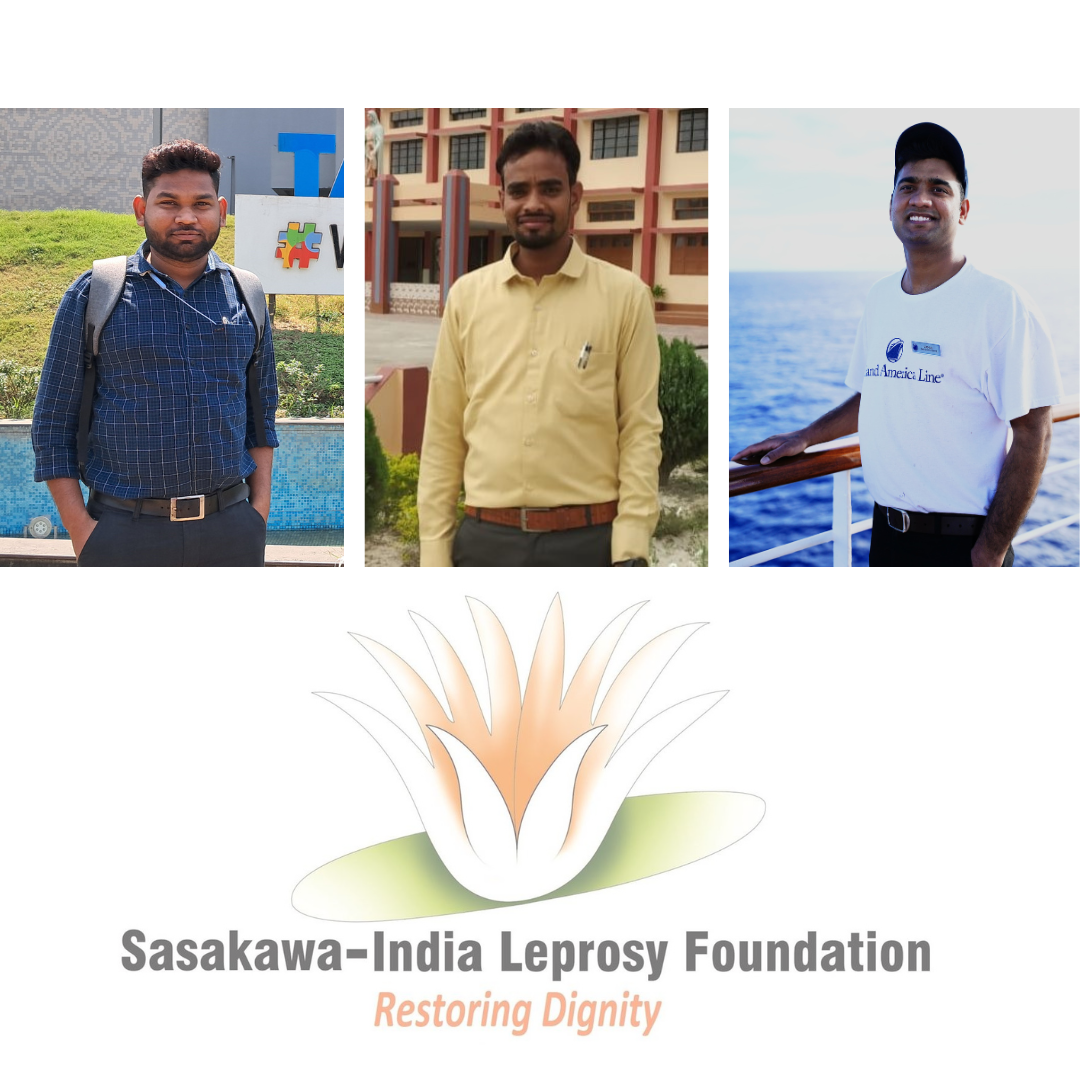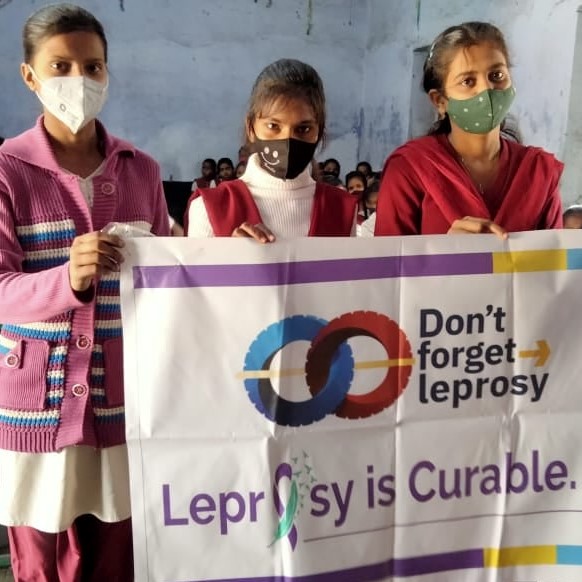Aarti Thakur
Program Manager (Consultant)
Disabled Peoples’ International (DPI)
DPI is a cross-disability international non-governmental organization aiming for full participation of all persons with disabilities in the mainstream of life.
http://www.disabledpeoplesinternational.org
According to the World Report on Disability (2011), an estimated one billion people, or 15% of the world’s population, experience some form of disability. Moreover, this number is rising because of medical advancements, rapidly aging population, spread of chronic diseases, and conflict and disaster situations. In fact, the United Nations has referred to persons with disabilities as the world’s largest minority group.
Unfortunately, persons with disabilities experience stigma and discrimination, including barriers to education, employment, public spaces, housing, transportation, ICTs, aids and appliances, sanitation and healthcare facilities, etc., that are significantly higher than those encountered by non-disabled persons in the same situation. Further, stereotypical views of disability do not consider the diversity of disabilities and intersectionalities that compound these challenges. With an estimated 80% of the world’s disabled population living in developing countries, we cannot ignore that poverty, disability, and social exclusion are linked. In many low- and middle-income countries, lack of relevant social protection policies and legal frameworks, segregating institutionalization, and deep-rooted social and religious beliefs play a role in perpetuating negative stereotypes, stigma, and discrimination.
Over time, conceptualization of disability has also been changing, and it is possible to identify four models:
1) a charity model that views persons with disabilities as helpless and dependent on society;
2) a medical model that views disability as a disease/impairment within the individual requiring medical intervention;
3) a social model that views disability as a socially constructed phenomenon and focuses on identifying aspects of an individual’s environment (physical, systemic, attitudinal, and social) that have a disabling effect on the individual; and
4) a rights-based model that views persons with disabilities as rights-holders and equal participants in society.
While the charity and medical models of disability result in further isolation and exclusion of persons with disabilities, the social model initiates a paradigm shift by focusing on reducing/removing barriers that society creates for the full participation of persons with disabilities. Building on the social model, the rights-based model provides an even more dramatic shift in perspective by starting the conversation about empowering persons with disabilities to know and claim their rights and by putting the onus on the State for respecting, protecting, and fulfilling those rights.
An important step in line with this rights-based approach has been the adoption in 2006 of the UN Convention on the Rights of Persons with Disabilities (CRPD), which has 164 signatories and 184 ratifications to date. Unfortunately, despite some progress, few countries are fully compliant, while some countries continue to uphold discriminatory laws and provisions that contradict the articles of the CRPD. For example, mental health laws that allow instances where persons may be detained on grounds of their actual or perceived impairment or provisions disqualifying persons affected by leprosy from standing for elections and holding office conflict with Article 14 (Liberty and security of person) and Article 29 (Participation in political and public life), respectively.
Governments and humanitarian actors have often failed to consider the needs and lived experiences of persons with disabilities in national and international development. Nevertheless, the 2030 Agenda for Sustainable Development has been successful in including persons with disabilities as equal partners in the development agenda. With the current COVID-19 pandemic exacerbating pre-existing inequalities as well as introducing additional challenges — such as communication barriers faced in using tactile signing for Deaf-Blind people due to social distancing protocols — inclusion in development initiatives has become more important than ever. Thus, while we are working towards “Building Back Better” with the pledge to “Leave No One Behind,” there is an emergent need to put persons with disabilities at the center of all development. Only by promoting, defending, and reinforcing human rights of all persons with disabilities can we ensure and secure an inclusive, safe, and sustainable future for all!





